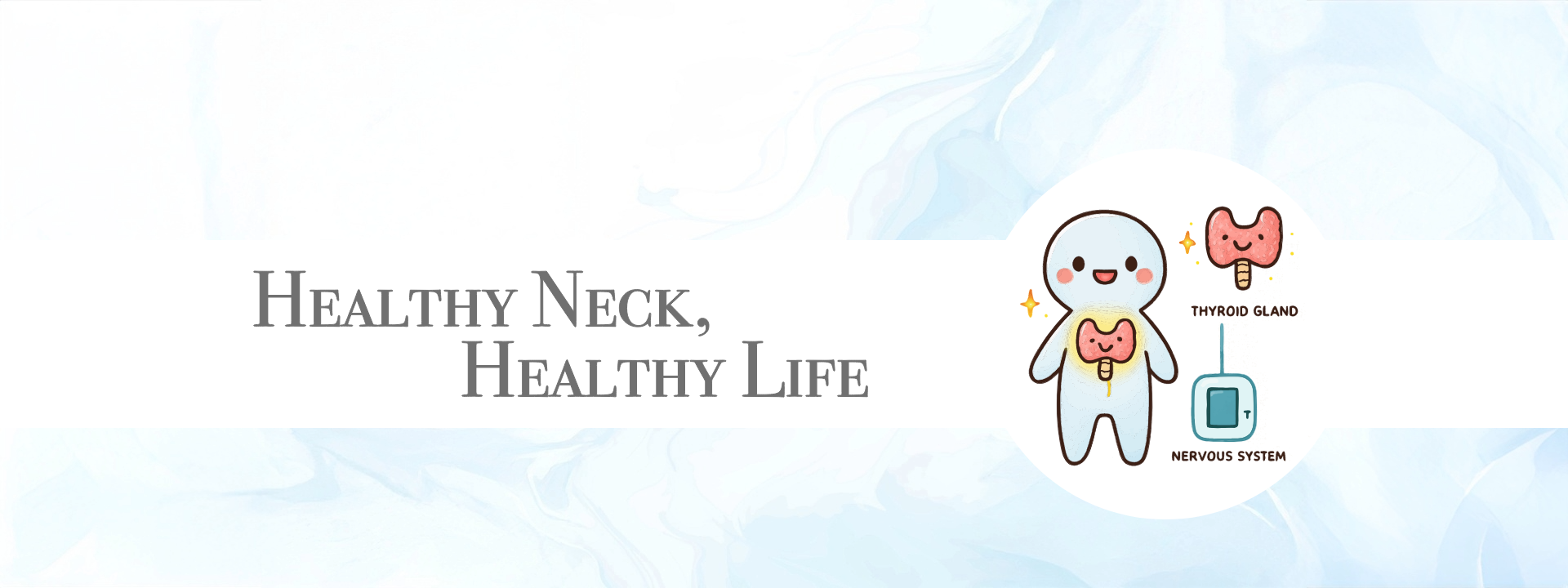- Is Your Child’s Sleeping Position Causing Neck Issues? A True Case of a 4-Year-Old Girl
- The Case: A 4-Year-Old Girl Complains, “My Neck Feels Weird”
- What the Examination Revealed: Misalignment Caused by Sleeping Posture
- The Cervical Spine in Young Children Is Extremely Delicate
- The Myth: “Children Are Flexible, So It’s Fine”
- What You Can Do Now to Prevent Future Health Problems
- Summary
- Call to Action
- Category / Tags
Is Your Child’s Sleeping Position Causing Neck Issues? A True Case of a 4-Year-Old Girl
“Children’s bones are soft, so their sleeping position doesn’t really matter.”
Have you ever thought this way? That common belief could actually be the root cause of spinal misalignments and future health issues.
Today, we’re sharing a real case of a 4-year-old girl who said, “My neck feels weird,” and what it revealed about sleeping posture and cervical spine health.
The Case: A 4-Year-Old Girl Complains, “My Neck Feels Weird”
Recently, a 4-year-old girl visited our clinic for treatment. Her mother explained that over the past three months, her daughter had been tilting her head frequently, raising concerns about a possible tic disorder.
More recently, the child began saying, “Mom, my neck feels weird.” She wasn’t in pain, but she clearly expressed discomfort in her neck.
What the Examination Revealed: Misalignment Caused by Sleeping Posture
Upon examination, we found that her neck was misaligned—tilted to the left and slightly upward.
When I asked, “Does she sleep with her head turned this way?”, her mother responded, “Yes, she always faces me when she sleeps.”
In other words, she had been sleeping in a nearly prone position, facing the same direction every night.
The Cervical Spine in Young Children Is Extremely Delicate
The cervical spine of a 4-year-old is very small and requires delicate assessment and adjustment.
After a careful and gentle correction, the girl happily exclaimed, “It doesn’t feel weird anymore! I’m okay now!”
Even I was surprised to see how such a young child could already develop noticeable spinal misalignment.
The Myth: “Children Are Flexible, So It’s Fine”
Many parents believe that because children’s bones are soft, sleeping posture isn’t a major concern. However, that’s a serious misconception.
Especially for children who tend to sleep in a prone position, it’s important for parents to gently reposition them onto their side or back whenever possible.
What You Can Do Now to Prevent Future Health Problems
It’s natural for children to roll into a prone position while sleeping, but consistently helping them return to a healthier posture can make a big difference.
These small daily actions can help prevent future autonomic nervous system dysfunction and other health issues.
Summary
- Even young children can develop cervical misalignment
- Sleeping posture is closely related to spinal health
- “It feels weird” may be a sign of autonomic imbalance
- Prone sleeping should be avoided when possible
- Small habits lead to long-term health outcomes
Call to Action
To researchers, universities, healthcare providers, and government officials interested in mental health and thyroid disorder prevention—
If you resonate with our work or are considering collaborative research, technical implementation, or clinical cooperation, please contact us through the message form on this blog.
We are committed to building practical, reproducible clinical models to help solve global health challenges.
→ Contact us via the blog’s message form
→ Check out our original cervical pillow
Category / Tags
- Category: Child Health
- Tags: prone sleeping, tic disorder, autonomic imbalance, pediatric chiropractic, neck misalignment, posture in children




コメント